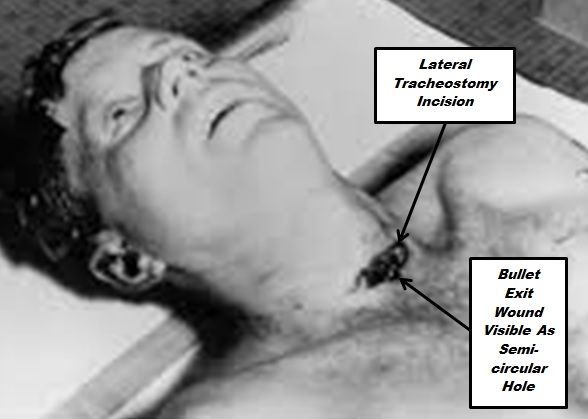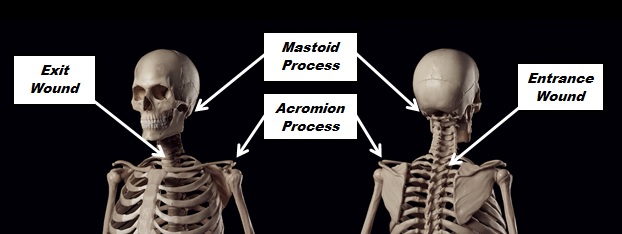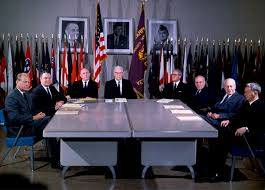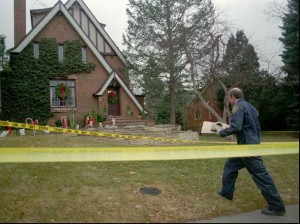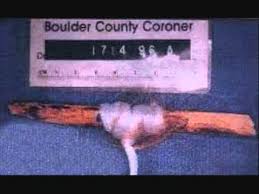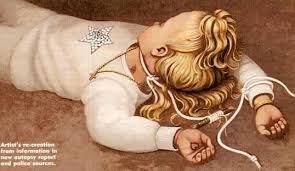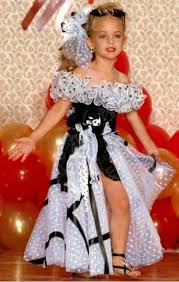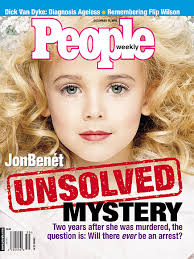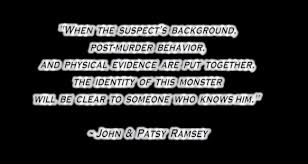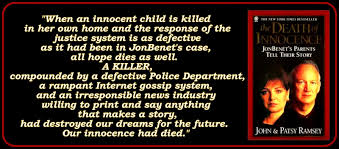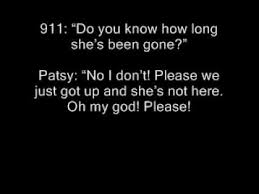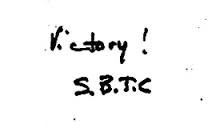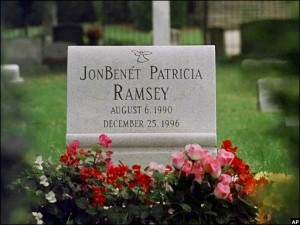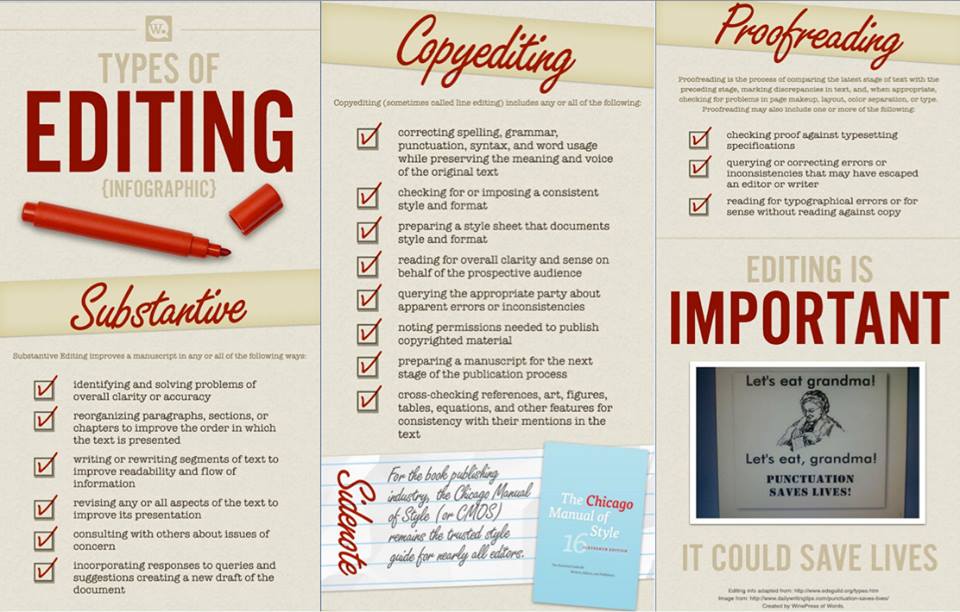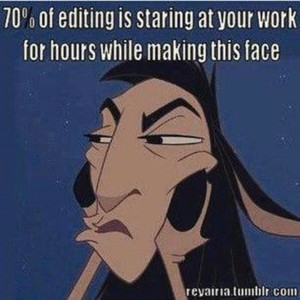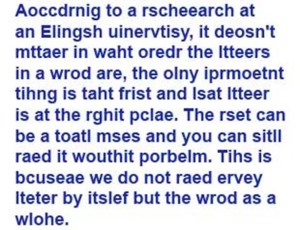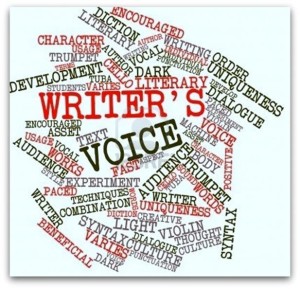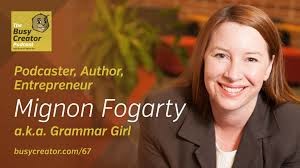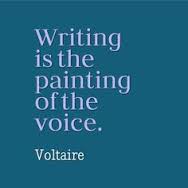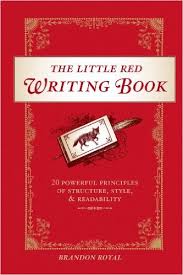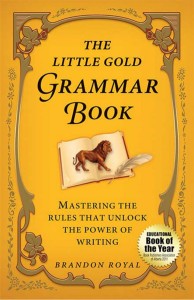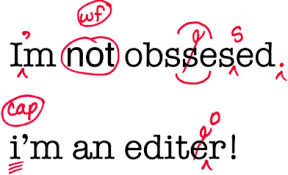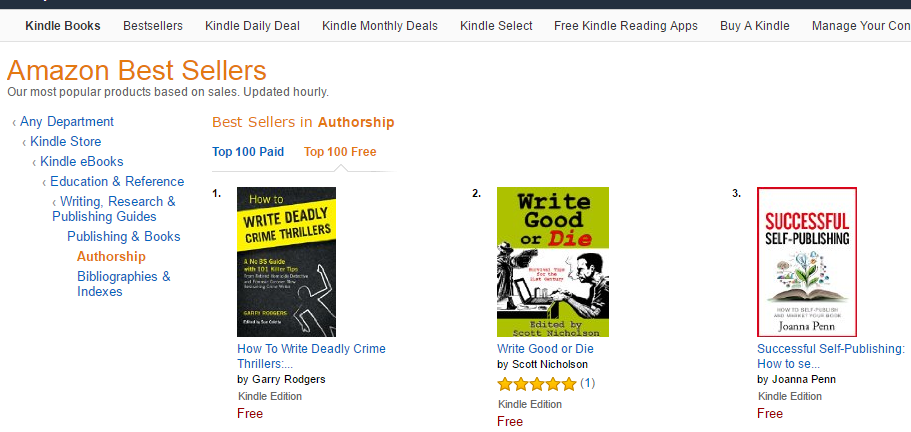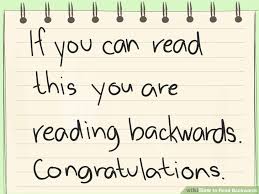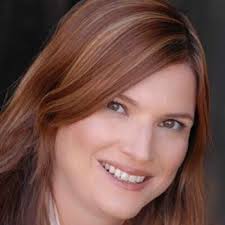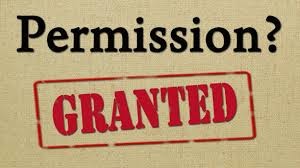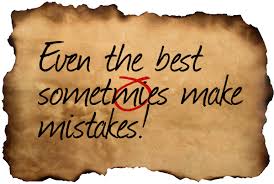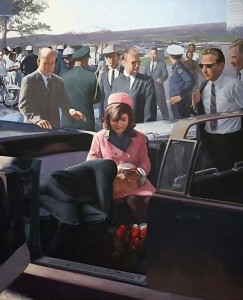 United States President John F. Kennedy suffered two gunshot wounds during his assassination in Dallas, Texas, on November 22, 1963. The fatal bullet struck Kennedy in the top of his head and, literally, blew out his brains. Most people have seen frame 313 of the Zapruder Film that shows the president’s head exploding and there’s little dispute in the timing, nor placement, of this shot. The other bullet—the one that got Kennedy in the back, at the base of his neck—is far more controversial.
United States President John F. Kennedy suffered two gunshot wounds during his assassination in Dallas, Texas, on November 22, 1963. The fatal bullet struck Kennedy in the top of his head and, literally, blew out his brains. Most people have seen frame 313 of the Zapruder Film that shows the president’s head exploding and there’s little dispute in the timing, nor placement, of this shot. The other bullet—the one that got Kennedy in the back, at the base of his neck—is far more controversial.
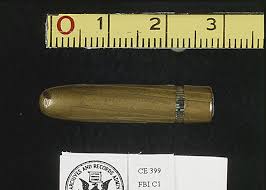 Officially, this bullet is known as Warren Commission Exhibit 399 and was said to strike JFK approximately 4.92 seconds earlier. This bullet allegedly cut clean through his neck, exited below his Adam’s Apple, and carried on to severely wound Texas Governor John Connally who was seated ahead of the President in the limousine. It was later recovered intact on a hospital stretcher in what’s been described as “pristine” condition and became the cornerstone of the Warren Commission’s Single Bullet Theory that postulates one bullet did tremendous damage to two men and came out looking like new.
Officially, this bullet is known as Warren Commission Exhibit 399 and was said to strike JFK approximately 4.92 seconds earlier. This bullet allegedly cut clean through his neck, exited below his Adam’s Apple, and carried on to severely wound Texas Governor John Connally who was seated ahead of the President in the limousine. It was later recovered intact on a hospital stretcher in what’s been described as “pristine” condition and became the cornerstone of the Warren Commission’s Single Bullet Theory that postulates one bullet did tremendous damage to two men and came out looking like new.
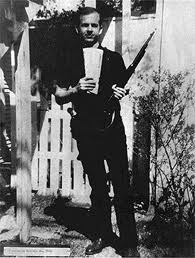 This “perfect” bullet has been held as proof of conspiracy in the JFK Assassination for over fifty years. To this day, three-quarters of Americans believe it’s impossible for one missile to perform incredible feats of altering trajectory, piercing seventeen layers of clothing, four layers of skin, fifteen inches of flesh, smash a rib and a wrist bone before coming to rest entirely intact in a thigh, then be suspiciously found and conclusively matched to the alleged assassin’s rifle. It had to be planted, conspiracy theorists tell you—set up to frame Lee Harvey Oswald—or else the bullet had to be magic.
This “perfect” bullet has been held as proof of conspiracy in the JFK Assassination for over fifty years. To this day, three-quarters of Americans believe it’s impossible for one missile to perform incredible feats of altering trajectory, piercing seventeen layers of clothing, four layers of skin, fifteen inches of flesh, smash a rib and a wrist bone before coming to rest entirely intact in a thigh, then be suspiciously found and conclusively matched to the alleged assassin’s rifle. It had to be planted, conspiracy theorists tell you—set up to frame Lee Harvey Oswald—or else the bullet had to be magic.
But was it? Here’s what the investigation, ballistic design, and forensic science tell us about CE399—the “magic” bullet.
Dealey Plaza
At 12:30 pm the Kennedy motorcade rounded a tight left turn from Houston Street and headed west onto Elm Street in Dealey Plaza, right below the southeast, sixth-floor window of the Texas School Book Depository where Lee Oswald was concealed with his 6.5 X 52 mm Mannlicher-Carcano military surplus rifle.
Oswald fired his first shot from a distance of about 77 feet and missed. The best guess is that it hit a traffic light and deflected. Oswald’s second shot was fired approximately 6.57 seconds later from a 21-degree downward angle, at 189 feet, and is purported to have wounded both Kennedy and Connally. Oswald’s third shot was from 265 feet and it killed Kennedy. An estimated 11.49 seconds elapsed from the first trigger pull and allowed Oswald plenty of time to reload the bolt-action rifle twice. Oswald fled, leaving his rifle and three expended cartridges behind.
Parkland Hospital
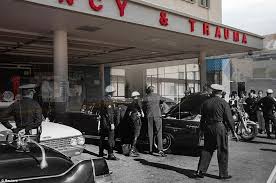 The motorcade rushed to Parkland Hospital, five minutes away. Connally remained conscious and was partly able to stand. He was put onto a stretcher and wheeled into the Emergency Room, then transferred to an operating theater and surgically treated for wounds to his chest, wrist, and thigh. Kennedy was unconscious with a massive head wound, a punctured neck, and in the last gasps of life. He was laid on a different stretcher, taken to another part of the ER where, despite a gallant resuscitation effort, President Kennedy was declared dead at 1:00 pm.
The motorcade rushed to Parkland Hospital, five minutes away. Connally remained conscious and was partly able to stand. He was put onto a stretcher and wheeled into the Emergency Room, then transferred to an operating theater and surgically treated for wounds to his chest, wrist, and thigh. Kennedy was unconscious with a massive head wound, a punctured neck, and in the last gasps of life. He was laid on a different stretcher, taken to another part of the ER where, despite a gallant resuscitation effort, President Kennedy was declared dead at 1:00 pm.
Most of the medical staff who treated JFK observed a tiny hole in his throat that they assumed was a bullet’s entrance wound. The perforation was partly obliterated during an emergency tracheostomy and the president’s body was not rolled to inspect for a back wound.
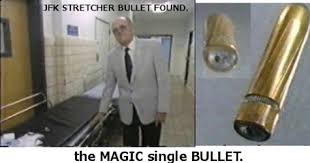 Around 2:00 pm a Parkland hospital worker found an intact bullet between the pad and metal side flange on one of the Kennedy entourage stretchers. The bullet had obviously been fired as it displayed the engraved striations from the lands and grooves of a rifle barrel. Evidence put before the Warren Commission could not positively establish if the bullet was found on Kennedy’s stretcher or Connally’s and the bullet’s chain of custody was not clearly recorded. It passed between at least five people before coming into possession of the FBI firearms examiner who forensically matched it with Oswald’s sixth-floor rifle to “the exclusion of all other firearms”. This bullet weighed 158.60 grains and was entered into the Warren Commission’s evidence as Exhibit 399 and is now stored in the National Archives in Washington.
Around 2:00 pm a Parkland hospital worker found an intact bullet between the pad and metal side flange on one of the Kennedy entourage stretchers. The bullet had obviously been fired as it displayed the engraved striations from the lands and grooves of a rifle barrel. Evidence put before the Warren Commission could not positively establish if the bullet was found on Kennedy’s stretcher or Connally’s and the bullet’s chain of custody was not clearly recorded. It passed between at least five people before coming into possession of the FBI firearms examiner who forensically matched it with Oswald’s sixth-floor rifle to “the exclusion of all other firearms”. This bullet weighed 158.60 grains and was entered into the Warren Commission’s evidence as Exhibit 399 and is now stored in the National Archives in Washington.
Kennedy’s Autopsy
President Kennedy’s body was shipped to Bethesda Naval Hospital in Washington where a postmortem exam was performed that evening. As history would come to regret, the examining pathologists were hospitalists and not trained in forensic methods, although one doctor was somewhat experienced with World War II battlefield gunshot wounds.
There were serious errors made in interpreting and recording JFK’s neck/back wound during the autopsy.
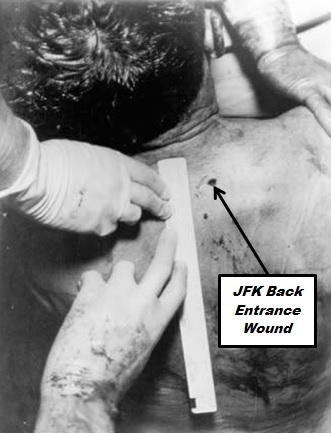 The pathologists failed to notice the throat hole due to the tracheostomy incision and they failed to dissect this wound’s path from rear to front. They were correct in interpreting the defect in Kennedy’s back as a downward entrance wound due to the elliptical shape and the inward fold of the skin as well as the presence of circular bruising known as an abrasion collar. The pathologists attempted to probe the wound path with a metal rod but were blocked by rigor mortis of the scapular muscles. They speculated the bullet may have entered JFK’s back, then stopped and was worked out during the chest compressions during Parkland CPR.
The pathologists failed to notice the throat hole due to the tracheostomy incision and they failed to dissect this wound’s path from rear to front. They were correct in interpreting the defect in Kennedy’s back as a downward entrance wound due to the elliptical shape and the inward fold of the skin as well as the presence of circular bruising known as an abrasion collar. The pathologists attempted to probe the wound path with a metal rod but were blocked by rigor mortis of the scapular muscles. They speculated the bullet may have entered JFK’s back, then stopped and was worked out during the chest compressions during Parkland CPR.
The Bethesda pathologists used two anatomical reference points to record the back wound location—the acromion process which is the tip of the right shoulder and the mastoid process which is the bony protuberance below the right ear. They also anatomically referenced the entrance point to the right of the first thoracic vertebrae which is located at the top of the shoulder at the base of the neck.
The pathologists seemed to overlook that the mastoid and acromion process points are valueless in fixing another anatomical location as both the acromion and mastoid are flexible parts of the body and can be moved with the twist of the head or rotation of the shoulder. To compound the location reference errors, Kennedy’s personal physician mistakenly signed the death certificate with the back wound identified at the third thoracic vertebrae—some three inches lower. This incorrect entrance location made the geometry of the suspected trajectory from the sixth-floor window appear impossible, thereby adding to conspiracy theories.
Kennedy’s Clothing
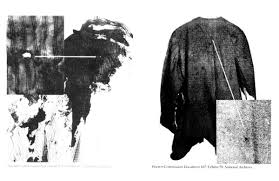 The FBI examined JFK’s suit jacket, his shirt, and his tie. The jacket displayed a defect in the rear which was also ovoid, indicating a downward angle of impact, and the fibers were bent inward. Traces of metallic contamination corroborated that it was a bullet hole. The shirt also showed a similar hole in the back and another in the front of the collar with outwardly pushed fibers. A corresponding nick in the tie knot also supported a back-to-front bullet travel but more confusion arose when the perforation in the suit jacket failed to line up with the hole in the shirt back.
The FBI examined JFK’s suit jacket, his shirt, and his tie. The jacket displayed a defect in the rear which was also ovoid, indicating a downward angle of impact, and the fibers were bent inward. Traces of metallic contamination corroborated that it was a bullet hole. The shirt also showed a similar hole in the back and another in the front of the collar with outwardly pushed fibers. A corresponding nick in the tie knot also supported a back-to-front bullet travel but more confusion arose when the perforation in the suit jacket failed to line up with the hole in the shirt back.
This added more fuel to the conspiracy cover-up theories until years later when a photo was discovered taken moments before the shooting that showed JFK’s jacket being ridden or “bunched-up” his back. Taking this natural tendency for a jacket to rise up while the wearer is in a sitting position, the holes matched perfectly.
Connally’s Surgery
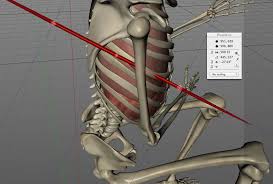 Governor Connally was treated for three separate injuries. He’d been shot from the rear with a similar caliber bullet as Kennedy with it striking below his right armpit, also in a downward angle but with a more elongated, ovoid entrance hole. This bullet traversed his chest and smashed five inches of his fifth rib before blowing out a two-inch diameter exit hole below his right nipple.
Governor Connally was treated for three separate injuries. He’d been shot from the rear with a similar caliber bullet as Kennedy with it striking below his right armpit, also in a downward angle but with a more elongated, ovoid entrance hole. This bullet traversed his chest and smashed five inches of his fifth rib before blowing out a two-inch diameter exit hole below his right nipple.
Connally suffered a secondary elongated entrance wound to the back of his right wrist with the bullet smashing through his radius bone and exiting with a nearly round hole. Four fragments of lead weighing 0.59 grains were recovered from the wrist and became Commission Exhibit 842.
The third wound was to Connally’s left thigh. It, too, was round and consistent with a 6.5 mm missile, however this void was shallow and contained only traces of lead too small to recover.
Connally’s Clothing
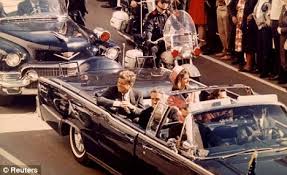 Another mistake in the JFK investigation was a failure to seize Connally’s suit jacket, shirt, undershirt, and pants at the hospital. By the time investigator’s realized their importance, Connally’s staff had them laundered and any trace of forensic gunshot evidence was erased. The holes were still obvious, though, and hadn’t been mended. Noteworthy was the shape of the perforations and the later-known, important fact that the exit hole in the front of Connally’s jacket was in the lapel.
Another mistake in the JFK investigation was a failure to seize Connally’s suit jacket, shirt, undershirt, and pants at the hospital. By the time investigator’s realized their importance, Connally’s staff had them laundered and any trace of forensic gunshot evidence was erased. The holes were still obvious, though, and hadn’t been mended. Noteworthy was the shape of the perforations and the later-known, important fact that the exit hole in the front of Connally’s jacket was in the lapel.
The Warren Commission
The Single Bullet Theory—the SBT in JFK Assassination terminology—was crucial to supporting the Commission’s explanation of how Oswald pulled off the shots that first wounded, then killed President Kennedy, and did the collateral damage to Governor Connally. Transcripts of the hearings show the Commissioners struggled more with CE399 as a piece of evidence than anything else and they were not in unanimous agreement that the first shot missed and the second hit both men, although they had no doubt three rounds were fired and the last shot was the fatal impact to the President’s head.
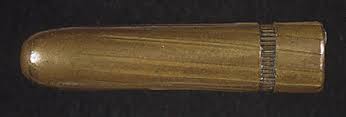 So, according to the inquiry headed by the Chief Judge of the United States Supreme Court, it appeared the same bullet that blasted through President John Kennedy did the same to Governor John Connally—then disappeared—somehow to turn up on a random hospital stretcher—perfectly intact and in pristine condition with beautiful rifling marks that conclusively matched to a rifle proven to be owned by Lee Harvey Oswald.
So, according to the inquiry headed by the Chief Judge of the United States Supreme Court, it appeared the same bullet that blasted through President John Kennedy did the same to Governor John Connally—then disappeared—somehow to turn up on a random hospital stretcher—perfectly intact and in pristine condition with beautiful rifling marks that conclusively matched to a rifle proven to be owned by Lee Harvey Oswald.
“Bullshit!” say the conspiracy buffs. “CE399’s an obvious fake. Planted to set up a patsy.”
“How could this be?” ask those without tinfoil hats. “To do all that damage and still appear perfect? It seems like magic!”
But the SBT has officially stood the test of time and survived a reinvestigation of the assassination in 1978 as well as a modern computer-animated reconstruction of what went down in Dealey.
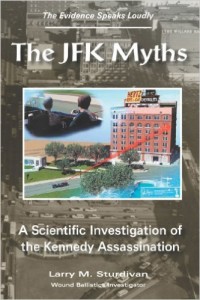 Well, I have to admit that I doubted 399’s authenticity until one day—when I was already an experienced homicide investigator with a court-recognized expertise in the operation and identification of firearms—I was at the Firearms Section of the RCMP’s forensic laboratory and got a “JFK Ballistics 101” lesson from an examiner from the US Bureau of Alcohol, Tobacco & Firearms. He explained the construction of a 6.5 mm Carcano bullet and how it behaved in the JFK case.
Well, I have to admit that I doubted 399’s authenticity until one day—when I was already an experienced homicide investigator with a court-recognized expertise in the operation and identification of firearms—I was at the Firearms Section of the RCMP’s forensic laboratory and got a “JFK Ballistics 101” lesson from an examiner from the US Bureau of Alcohol, Tobacco & Firearms. He explained the construction of a 6.5 mm Carcano bullet and how it behaved in the JFK case.
Twenty years later, when I was researching a book on the JFK Assassination, I was further tutored on the Single Bullet Theory ballistics by Larry Sturdivan, a firearms expert who testified before the House Select Committee on Assassinations that revisited the JFK murder in 1978.
Understanding how CE399 behaved scientifically is the key to unlocking the SBT and ultimately leading to the truth in knowing how President Kennedy was murdered.
Bullet Construction
CE399 is a typical 6.5-millimeter diameter, 161 grain, round nosed, full metal jacket, military bullet that was one of four million made by the US Western Cartridge Company in the 1950’s and destined for the Korean war. Thousands were released to the civilian sporting market with many 6.5’s chambered to World War II Italian Mannlicher-Carcano rifles. Oswald bought his rifle through mail order in 1963, complete with a scope, for twenty bucks.
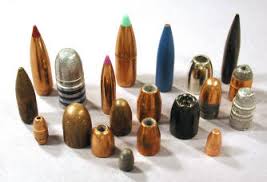 Full Metal Jacket (FMJ) bullets were mandated by the Geneva Conventions at the turn of the nineteenth century as a means of minimizing battlefield casualties. Up to then, mostly lead and partially metal-clad bullets were used that created massive damage to soldiers who were ripped apart by fragmenting projectiles. FMJ bullets were designed to minimize break-up. They were made to remain intact and pass through a body—effectively taking the soldier out of combat and tying up other resources in treating an injury, rather than having grotesque carnage on the battlefield.
Full Metal Jacket (FMJ) bullets were mandated by the Geneva Conventions at the turn of the nineteenth century as a means of minimizing battlefield casualties. Up to then, mostly lead and partially metal-clad bullets were used that created massive damage to soldiers who were ripped apart by fragmenting projectiles. FMJ bullets were designed to minimize break-up. They were made to remain intact and pass through a body—effectively taking the soldier out of combat and tying up other resources in treating an injury, rather than having grotesque carnage on the battlefield.
 FMJ bullets are built like an egg with a hard, outer shell composed of copper-zinc and an inner core of lead, usually mixed with zinc, silver, and antimony for hardness. But despite how sturdy bullets are built, they all have a point of fracture known as yield threshold. It’s based on a bullet’s density (hardness), its mass (weight), velocity (speed), and resistance (the medium of force acting against it like air, flesh, or bone).
FMJ bullets are built like an egg with a hard, outer shell composed of copper-zinc and an inner core of lead, usually mixed with zinc, silver, and antimony for hardness. But despite how sturdy bullets are built, they all have a point of fracture known as yield threshold. It’s based on a bullet’s density (hardness), its mass (weight), velocity (speed), and resistance (the medium of force acting against it like air, flesh, or bone).
CE399 was designed to be fired from Oswald’s Carcano at a muzzle velocity of 2,160 feet per second—far under the threshold where air resistance could cause its break-up. With diminishing velocity, the bullet became far less susceptible to the forces of distortion that could make it elastic (bending but recovering shape), plastic (permanently altering shape), or destruct (fragmenting or coming apart).
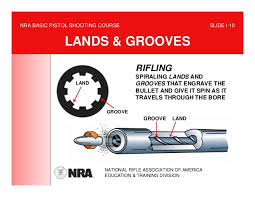 Another factor in bullet design is its gyroscopic stability—the spin set upon it by the lands and grooves of barrel riflings—much like a child’s top or quarterback Tom Brady’s football pass. Once a bullet is in-flight, it’s governed by gravity, the mediums of resistance, and a peculiarity called ballistic coefficient or its ability to overcome medium drag.
Another factor in bullet design is its gyroscopic stability—the spin set upon it by the lands and grooves of barrel riflings—much like a child’s top or quarterback Tom Brady’s football pass. Once a bullet is in-flight, it’s governed by gravity, the mediums of resistance, and a peculiarity called ballistic coefficient or its ability to overcome medium drag.
The 6.5 mm Carcano bullet has an exceptionally high ballistic coefficient based on its heavy mass (an average of 161 grains) relative to its small diameter. It’s a long, lean missile with an intentionally designed ability to overcome its break-up yield threshold and pass through mediums like air, cloth, skin, muscle tissue, ribs, wrists, and thighs while remaining intact.
Bullet Terms
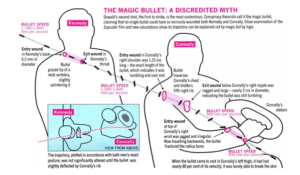 Knowing about yield threshold and diminishing velocity are not enough to understand how CE399 behaved in the JFK Assassination. Factors like tipping (deflecting from a straight line and altering course), tumbling (going end-over-end), yaw (changing angle in flight), and presentation (going from nose-first to sideways as presented to a point of contact) all came into play in how CE399 ended up in it’s spent condition.
Knowing about yield threshold and diminishing velocity are not enough to understand how CE399 behaved in the JFK Assassination. Factors like tipping (deflecting from a straight line and altering course), tumbling (going end-over-end), yaw (changing angle in flight), and presentation (going from nose-first to sideways as presented to a point of contact) all came into play in how CE399 ended up in it’s spent condition.
Victim Alignment
 Much has been made of the “Magic Bullet” having to zig-zag in flight to align with the wounds evident in Kennedy and Connally. The Oliver Stone movie “JFK” was a terrible offender in perpetuating misinformation about how the trajectories were impossible based on the limousine layout.
Much has been made of the “Magic Bullet” having to zig-zag in flight to align with the wounds evident in Kennedy and Connally. The Oliver Stone movie “JFK” was a terrible offender in perpetuating misinformation about how the trajectories were impossible based on the limousine layout.
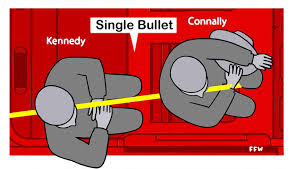 Stone and other conspiracy theorists failed to study the seating arrangements where Connally was not directly in front of JFK, rather he was in a jump seat below and inward of the President. Taking the true picture, the trajectory in the limo accounts perfectly for the properly recorded wounds.
Stone and other conspiracy theorists failed to study the seating arrangements where Connally was not directly in front of JFK, rather he was in a jump seat below and inward of the President. Taking the true picture, the trajectory in the limo accounts perfectly for the properly recorded wounds.
Sniper’s Nest Alignment
Dale Myers is the Emmy-Award winning producer of Secrets Of A Homicide where he developed a computer-generated 3D recreation for the 40th anniversary of the JFK Assassination. Myers took precise measurements of Dealey Plaza and combined them with known photographs and films taken of the murder to recreate exactly what happened.
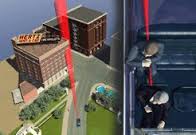 Myers conclusively demonstrated how all the shots came from the sniper’s nest in the Depository, and how the second shot accounted for CE399’s trajectory, diminishing velocity, and how the SBT matches exactly with the frames of the famous 8-millimeter home movie of the assassination taken by Abraham Zapruder.
Myers conclusively demonstrated how all the shots came from the sniper’s nest in the Depository, and how the second shot accounted for CE399’s trajectory, diminishing velocity, and how the SBT matches exactly with the frames of the famous 8-millimeter home movie of the assassination taken by Abraham Zapruder.
Zapruder Film
Aside from the ballistic and wound evidence of the Single Bullet Theory, the Zapruder film stands as a timeless witness as to how JFK and Connally were both shot at the same time.
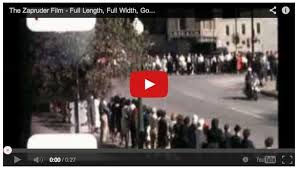 Zapruder stood on a concrete pedestal near the nefarious Grassy Knoll and activated his camera once the Kennedy motorcade was well into Dealey Plaza on Elm Street, approaching him. With all due respect to Dale Myers, who thought Zapruder caught evidence of the first missed shot on film, this does not appear to be true and Oswald’s shot that probably hit the traffic light happened before Zapruder started rolling.
Zapruder stood on a concrete pedestal near the nefarious Grassy Knoll and activated his camera once the Kennedy motorcade was well into Dealey Plaza on Elm Street, approaching him. With all due respect to Dale Myers, who thought Zapruder caught evidence of the first missed shot on film, this does not appear to be true and Oswald’s shot that probably hit the traffic light happened before Zapruder started rolling.
But what Zapruder did capture was conclusive evidence of the simultaneous strike that photographically corroborates the SBT.
It’s important to know there are many frames in the “Z” film and that it was shot at 18.3 frames per second. There was no sound. Frame 313 is the most sensational—by far—and it show the third 6.5 mm Carcano FMJ bullet exceeding its yield threshold by fragmenting and blowing pinkish gray matter into the air. In frame 313, the bullet did exactly what it was constructed to do.
 But, backing-up to frames 223—224, there’s a clear picture of one bullet striking two men at the same time.
But, backing-up to frames 223—224, there’s a clear picture of one bullet striking two men at the same time.
In Z-223 the limo is seen emerging from behind the Stemmons Freeway sign. Everything’s fine, but Connally seems to be looking over his right shoulder to identify the location of the first gunshot as he said in his Warren Commission testimony.
Z-224 is captured 0.0546 of a second later. Connally’s jacket lapel has “flipped” or bulged as the bullet passes through him and is exposed as a dark image covering over his white shirt, right where the exit wound on his chest was. His right shoulder is clearly forced forward from the bullet’s impact.
By Z-225, the lapel is back to its original shape but Connally’s expression is changing and you can just see the first image of JFK emerging from the sign with his fists and elbows rising. The President had already been shot in the back.
Larry Sturdivan’s Reconstruction
 There comes a point in any criminal investigation where evidence is put before a jury that requires an expert opinion to interpret it. The Kennedy case is no different. While I have a limited amount of recognized expertise in firearms and ballistics, as well as far more knowledge about John Kennedy’s murder than the vast majority of people, I’m going to defer to Larry Sturdivan who truly knows what he’s speaking of.
There comes a point in any criminal investigation where evidence is put before a jury that requires an expert opinion to interpret it. The Kennedy case is no different. While I have a limited amount of recognized expertise in firearms and ballistics, as well as far more knowledge about John Kennedy’s murder than the vast majority of people, I’m going to defer to Larry Sturdivan who truly knows what he’s speaking of.
This paraphrases Larry’s explanation for how CE399 acted.
“Oswald fired his second shot—a 161 grain, 6.5 mm, FMJ Carcano bullet—when the limo was moving directly away from his sight picture at a combined downward incline of over 21 degrees.
The bullet discharged at 2160 fps and traveled 189 feet through the air, losing 135 fps and hitting Kennedy’s suit coat at 2015 fps—staying intact. It entered the soft mediums of cloth and flesh well below the 2400 fps velocity these mediums would need to break the bullet into pieces. Inside Kennedy’s neck, the bullet’s force created a pressure vacuum called a “temporary cavity” which altered its flight course by about 5 degrees upward.
The intact and unaltered bullet cut through the front of Kennedy’s neck, stretching the skin and—shored by the collar and tie—returned to appear as a tiny hole, much smaller than its 6.5 mm diameter. It now slowed to around 1840 fps and was beginning to tumble, altering its nose from a direct gyroscopic flight path to a sideways presentation.
The bullet hit Connally’s armpit in a 70-degree yaw and left the elongated hole in his clothes and skin. Now moving at 1450 fps, right below the yield threshold of being broken by bone, the bullet presented itself sideways to his rib and permanently deformed into a plastic state, neither pristine nor fragmented, but the bent and crushed base you see in CE399’s photos.
It blew out below Connally’s right nipple in a near backward position and entered his right wrist at + or – 500 fps with enough energy left to fracture the radius bone and deposit some lead fragments from the bullet’s open base. It was like squeezing toothpaste from a tube.
With almost no energy remaining—still near full weight and going only 135 fps—it cut the Governor’s pants and pushed a bit into his left thigh. No wonder it fell out, intact.”
 By now you might buy into the Single Bullet Theory and that CE399 was capable of performing the “magical” feats it’s accused of. But I know you’re asking “How do you prove 399—reportedly found on whatever stretcher at Parkland—was the same bullet Oswald fired and did the damage?” The proof is in 399’s molecular composition and what it left behind in John Connally’s wrist.
By now you might buy into the Single Bullet Theory and that CE399 was capable of performing the “magical” feats it’s accused of. But I know you’re asking “How do you prove 399—reportedly found on whatever stretcher at Parkland—was the same bullet Oswald fired and did the damage?” The proof is in 399’s molecular composition and what it left behind in John Connally’s wrist.
Neutron Activation Analysis
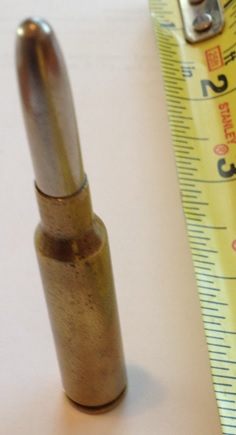 NAA is the DNA of the JFK investigation. Unfortunately, DNA was unheard of in 1963 when the stretcher bullet was found. Despite 399’s multi-handling, today’s DNA sophistication would likely be able to identify Kennedy and Connally genetics on this little missile if it, in fact, passed through both. That would be the end of it—the Single Bullet Theory would be a fact and we could all go home.
NAA is the DNA of the JFK investigation. Unfortunately, DNA was unheard of in 1963 when the stretcher bullet was found. Despite 399’s multi-handling, today’s DNA sophistication would likely be able to identify Kennedy and Connally genetics on this little missile if it, in fact, passed through both. That would be the end of it—the Single Bullet Theory would be a fact and we could all go home.
But wait—genetics isn’t the only molecular forensic science available and there’s a lot of proof about CE399’s validity that turned up in the molecules of metallurgy.
In 1964, the FBI turned to a then-new science of non-destructive testing called Neutron Activation Analysis where they took the stretcher bullet,CE399, and Connally’s CE842 wrist fragments, and did a chemical signature much the same as today’s DNA analysis checks for biological signatures.
It was inconclusive.
But by 1978, NAA science had advanced and the bullet evidence was re-evaluated in the HSCA investigation of the JFK Assassination. The chemical ratio of antimony in CE399’s lead core was found to be so consistent with the antimony in Connally’s wrist fragments that the statistical probability of them coming from two different sources is virtually impossible.


